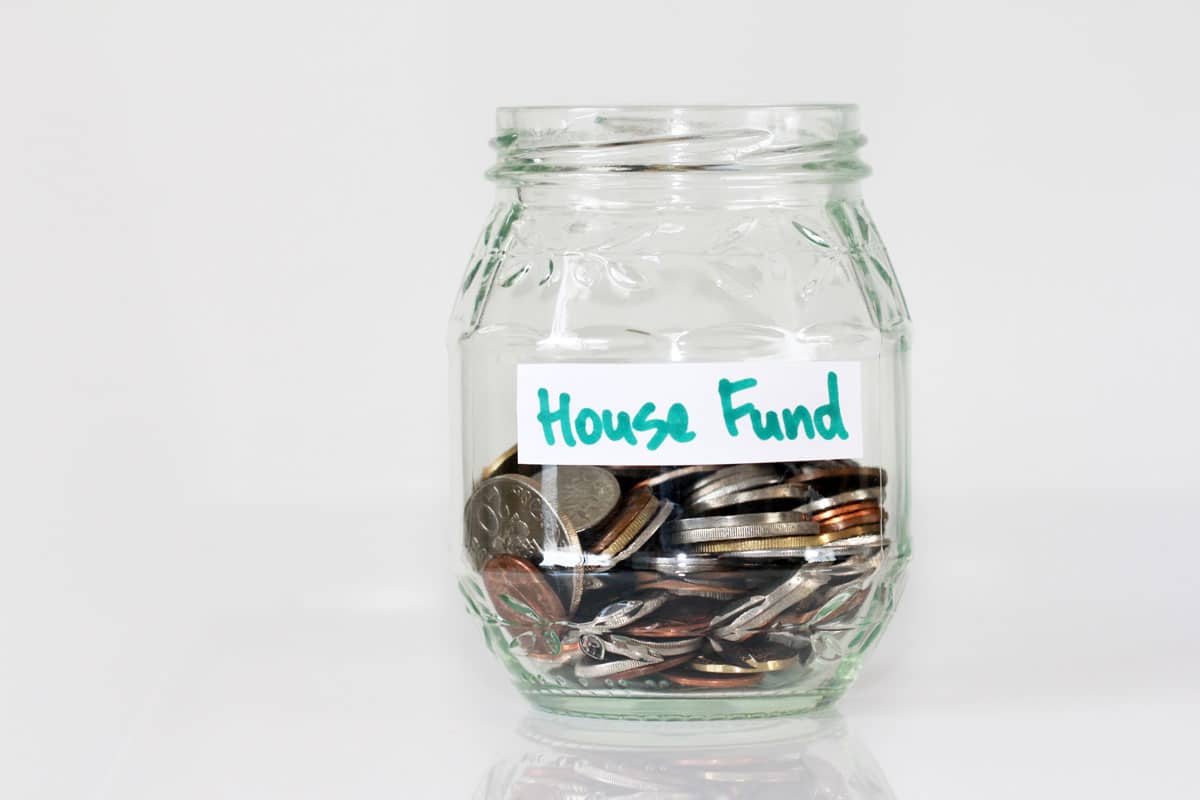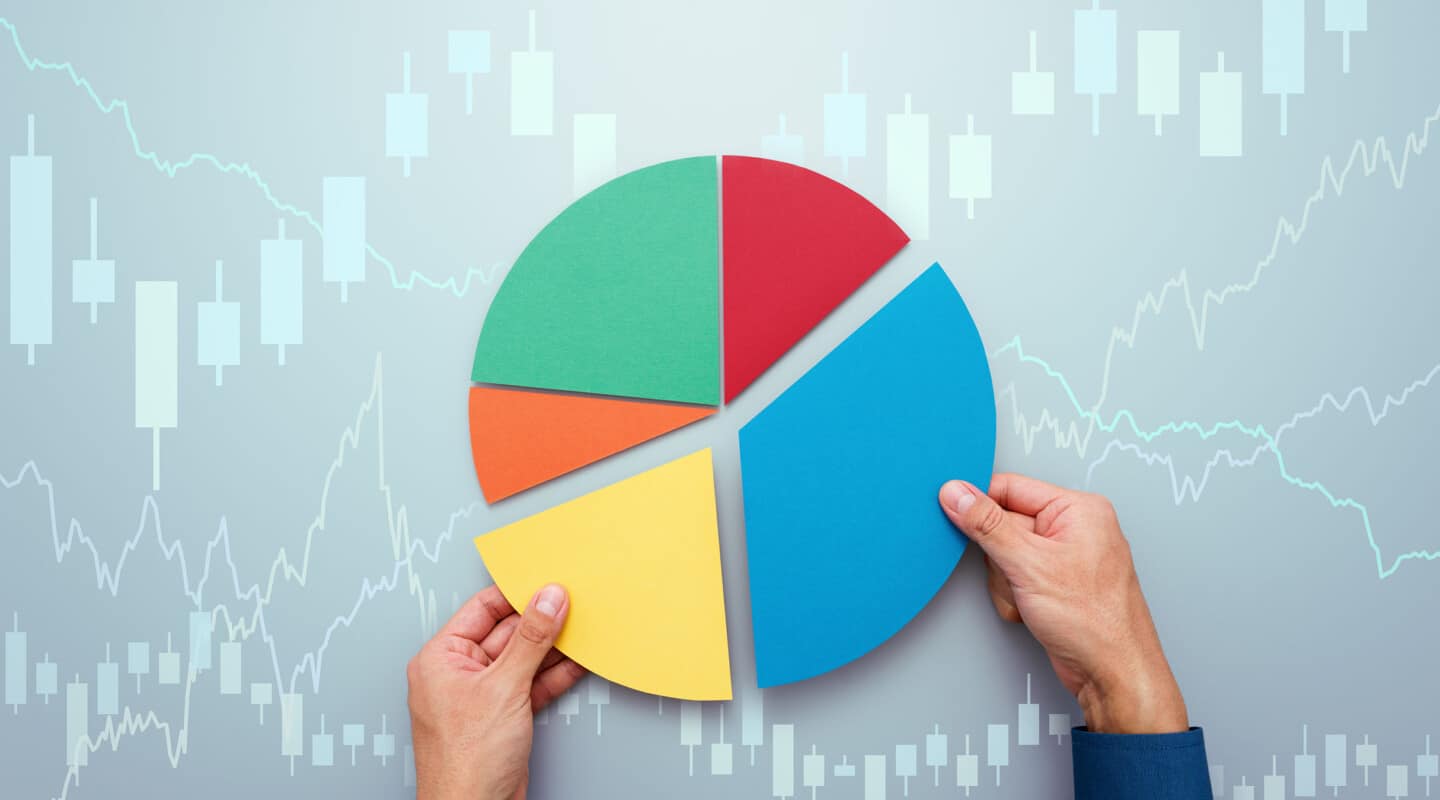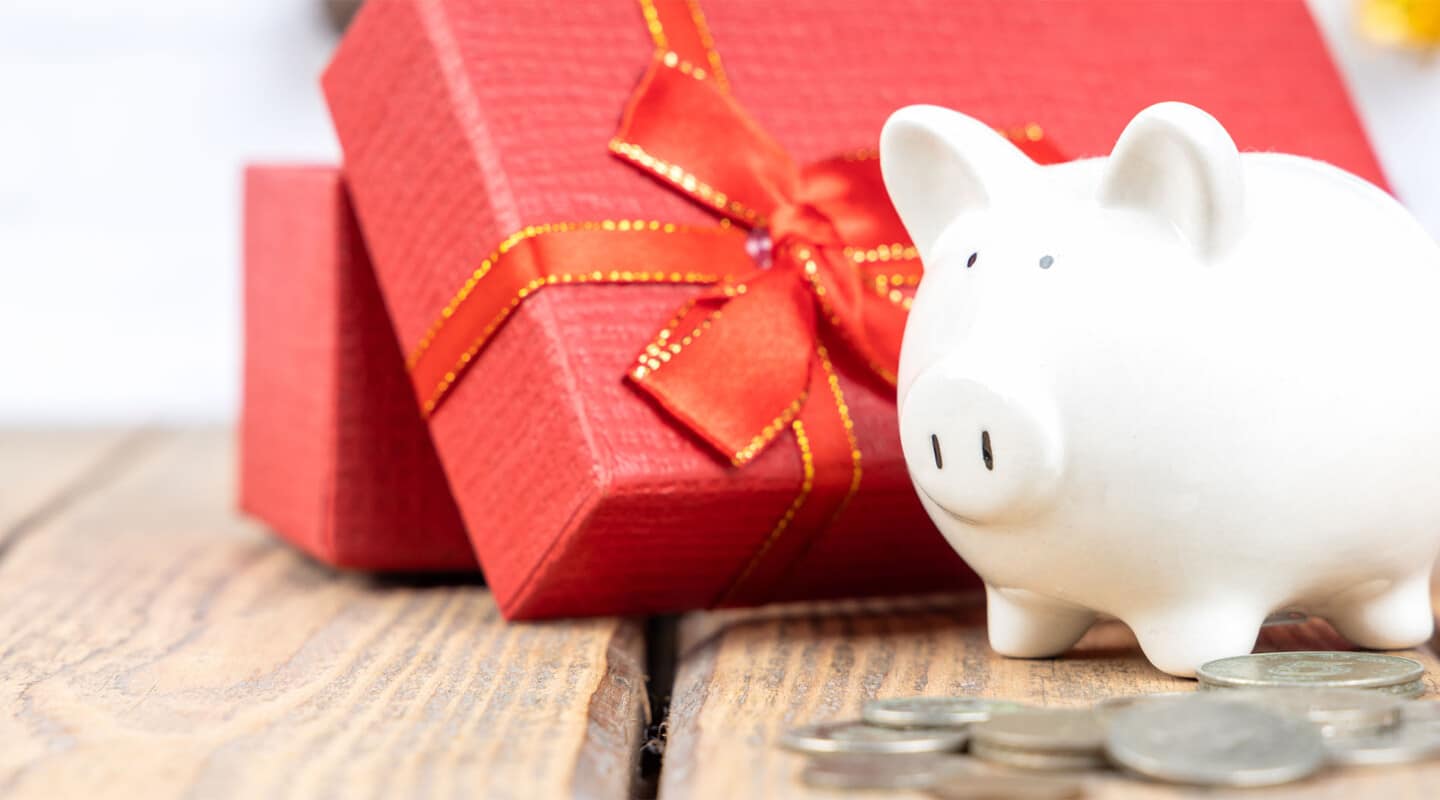Emergency funds are one of the most important accounts you should have to establish long-term financial security. Also known as a slush or rainy day fund, an emergency fund is a dedicated account for life’s unexpected costs and emergencies. As the ongoing pandemic has shown all Canadians, having an emergency fund is not just optional, it’s critical. In general, the Financial Consumer Agency of Canada recommends having an emergency fund with the equivalent of 3-6 months of regular expenses saved.
What do emergency funds have to do with investing?
Investing for success requires thinking long-term and maximizing the compounding interest of your investments over time. Compound interest is simply the money you earn on reinvested interest from a previous period. If you contribute consistently, and do not withdraw funds early, it can grow rapidly.
A common mistake many investors make is disregarding an emergency fund to dedicate more money towards their investments. This leaves them in a precarious position in which they can’t afford to pay for an unexpected cost (like a car repair) without cashing out investments early. It can also significantly impact their wealth building and financial goals. If you haven’t started an emergency fund or have trouble building and keeping an emergency fund, consider the following:
- Automate contributions to your emergency fund
The more you can make dedicating a small portion of your income towards your slush fund a habit, the easier it becomes. One of the easiest ways is to review your budget, establish a figure you can comfortably tuck away, and then set up automatic deposits with your bank. - Keep your emergency fund separate from your regular accounts
To avoid inadvertently spending your emergency fund on non-essential purchases, a common practice is to hold your emergency funds in a separate high-interest savings account or even another bank. This ensures the money is still accessible when needed, but not readily available for daily or online purchases. - Pause your investment contributions
If you have no emergency savings, you should pause the money you direct towards your investments for enough time to build up some emergency savings. While it may feel underwhelming to stop your contributions, you are establishing a safety net that can help you maintain your investments and weather the unexpected in your daily life. - Replenish your emergency fund
One of the most important things you can do to maintain your emergency fund is to replenish it when it’s depleted. After using the fund, establish ongoing contributions to build it back. This way, you ensure it’s ready for the next unforeseen cost.
By establishing an emergency fund and maintaining it throughout your life, you can confidently invest for the long term and rely on a solid foundation of financial security to support you through life’s many challenges.







